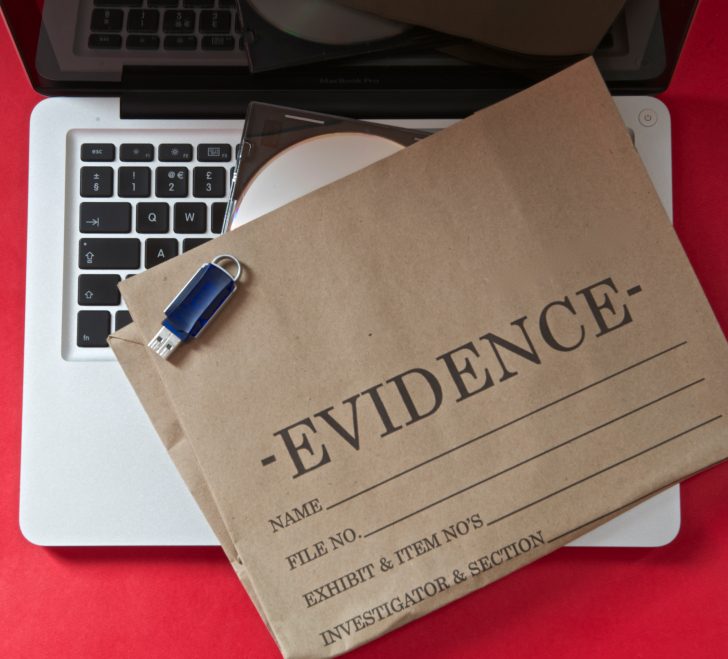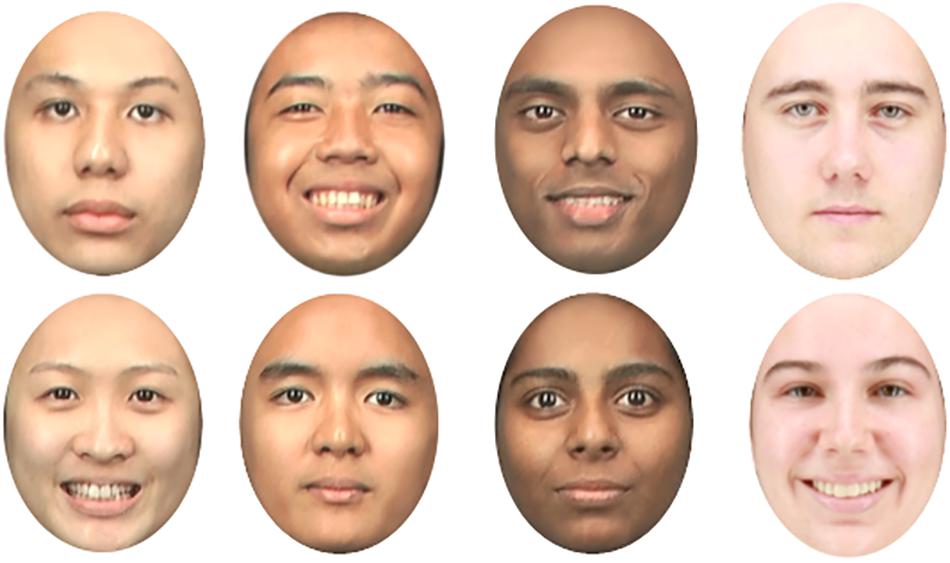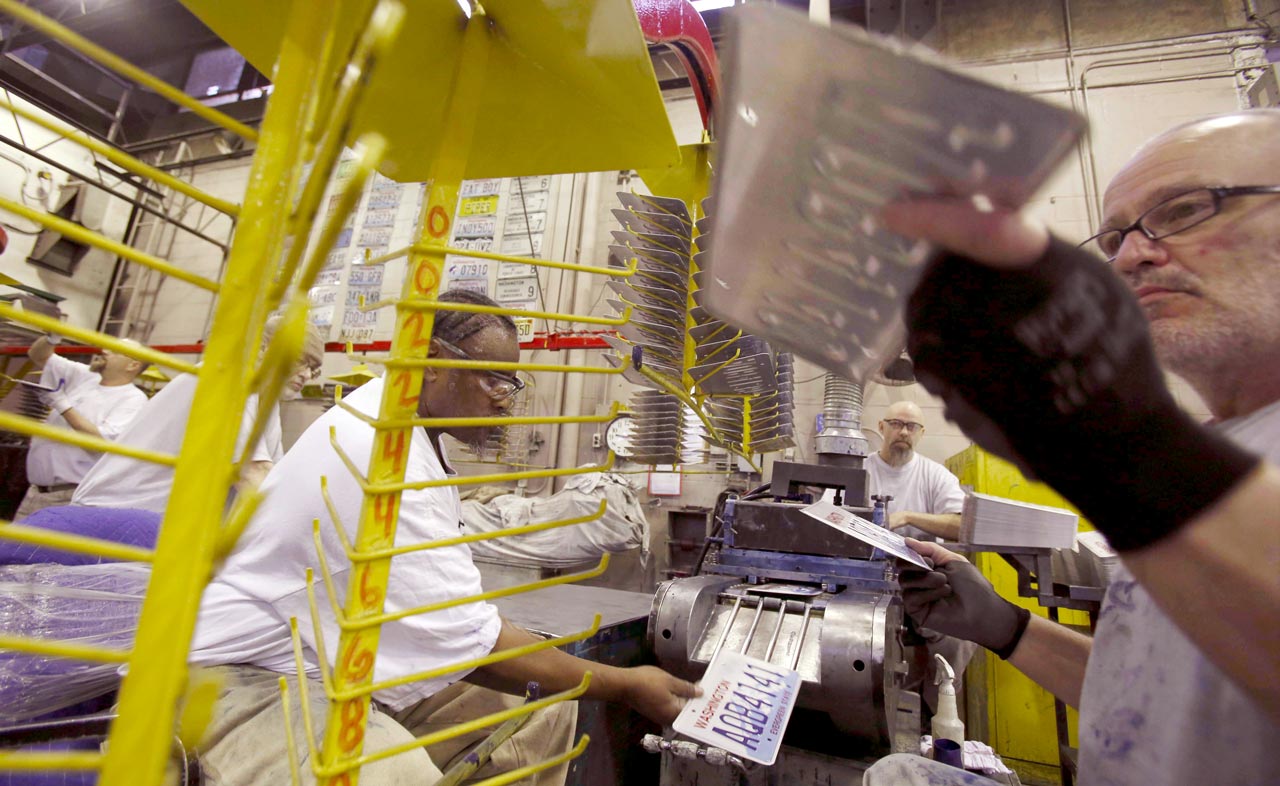
In State v. Fleeks, No. 82911-4-I (January 23, 2023), the WA Court of Appeals held that a recorded police interrogation – where the detective referred to the defendant as being “cold-hearted” – was improperly admitted opinion testimony.
FACTUAL BACKGROUND
Nineteen-year-old Mr. Fleeks often sold drugs on the streets of Seattle to make money. On December 3, 2018, Fleeks was in the Pioneer Square neighborhood of Seattle selling drugs. After Fleeks received a text message from an unknown number, one of Fleeks’s regular customers approached him and told him the text message was from Mr. George who wanted to buy some crack cocaine. Fleeks met George and sold him a small amount of crack cocaine.
Unfortunately, a confrontation took place. As a result, George died from a gunshot wound inflicted from Fleeks.
After arrest, the police interviewed Fleeks and he denied any connection with George’s death. When the police showed Fleeks surveillance footage, he continued to deny being the person in the footage. Detective Cooper continued to ask Fleeks to explain the encounter and shooting. Detective Cooper asked whether George was “fucking with you or . . . something like that?” Fleeks continued to deny any involvement. Detective Cooper made the following comment:
“Do you wanna explain anything to me? This, this is probably your last chance to try to make yourself not look so cold-hearted and stuff like that. We have witnesses that put you there, that identified you there. We have those pictures, that’s off a video, dude . . . I, I mean you’re 19 . . . was there an argument was there a disturbance, a fight, anything . . . so do you wanna explain what happened?”
The State charged Fleeks with one count of murder in the second degree, and one count of unlawful possession of a firearm in the second degree.
At trial, Fleeks raised self-defense. The State offered the police interview recording as evidence to prove its case. Defense counsel objected to the jury hearing the interview recording. However, the judge allowed the jury to review the transcript from a portion of the police interview with Fleeks. The jury watched the interview, including the police detective referred to Fleeks as “cold-hearted.”
Robert Fleeks Jr. was convicted as charged. He appealled his conviction on numerous issues. One issue was whether the trial judge improperly allowed opinion evidence of the police detective saying Fleeks was “cold-hearted.”
COURT’S ANALYSIS & CONCLUSIONS
The Court of Appeals agreed with Fleeks that the officer’s opinion testimony was improper.
The Court reasoned that “Opinion Testimony” is testimony that is “based on one’s belief or idea rather than on direct knowledge of the facts at issue.” Furthermore, witnesses may not testify in the form of opinions about the defendant’s guilt or innocence. Opinions on guilt are improper because they impede the jury’s ability to make an independent determination of the facts. And testimony given by police officers possess an aura of reliability that make them particularly problematic.
“Testimony that is not a direct comment on the defendant’s guilt or on the veracity of a witness, is otherwise helpful to the jury, and is based on inferences from the evidence, is not improper opinion testimony. Opinion testimony is improper when it comments on the veracity or intent of a witness, tells the jury what decision to reach, or leaves no other conclusion but that a defendant is guilty.” ~WA Court of Appeals
Fleeks argued that the comment was an improper opinion of guilt, specifically, referring to Fleeks as “cold-hearted.” Conversely, the State argued that Detective Cooper was referring to his casual demeanor and unwillingness to cooperate, in conflict with Fleeks’s claim of self-defense. The trial court found the interview admissible:
“We disagree with the trial court. While Detective Cooper’s statement is an observation that Fleeks did not appear remorseful, it improperly commented on Fleeks’s intent and effectually directed the jury to not believe Fleeks’s self-defense theory. Detective Cooper’s opinion that Fleeks should make himself ‘look not so cold-hearted’ could easily appear to the jury as a belief that Fleeks was guilty of murder, not acting in self-defense. This testimony could interfere with the jury’s ability to determine every fact beyond a reasonable doubt. ~WA Court of Appeals
Consequently, the Court of Appeals reversed Fleeks’s conviction on other grounds and remand for a new trial with instructions that the detective’s testimony should be redacted to exclude the “cold-hearted” statement.
Please contact my office if you, a friend or family member are charged with a crime. Hiring an effective and competent defense attorney is the first and best step toward justice.

:quality(70)/cloudfront-us-east-1.images.arcpublishing.com/cmg/KQS5EUK6CNHKBH4WND65BS2KJU.png)












